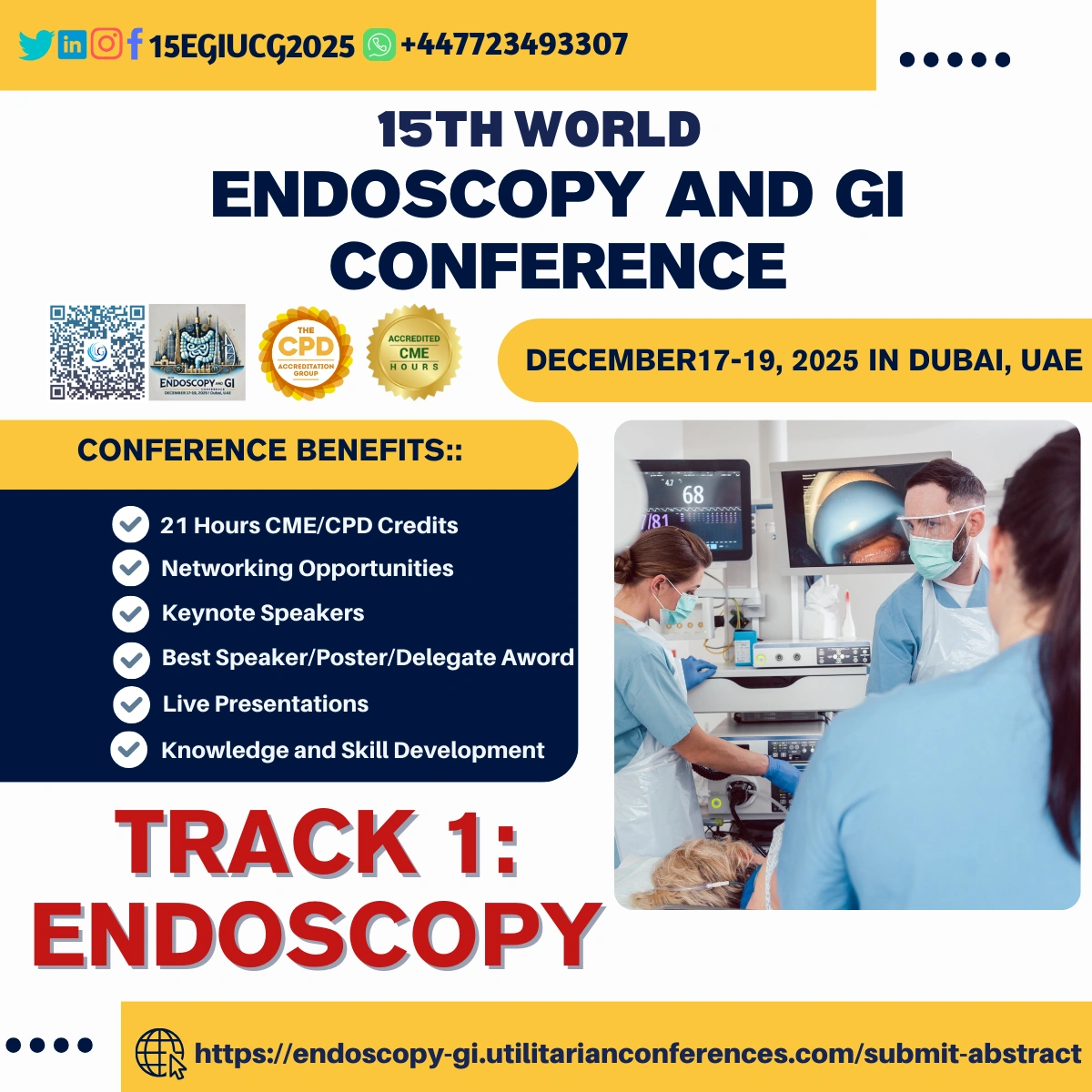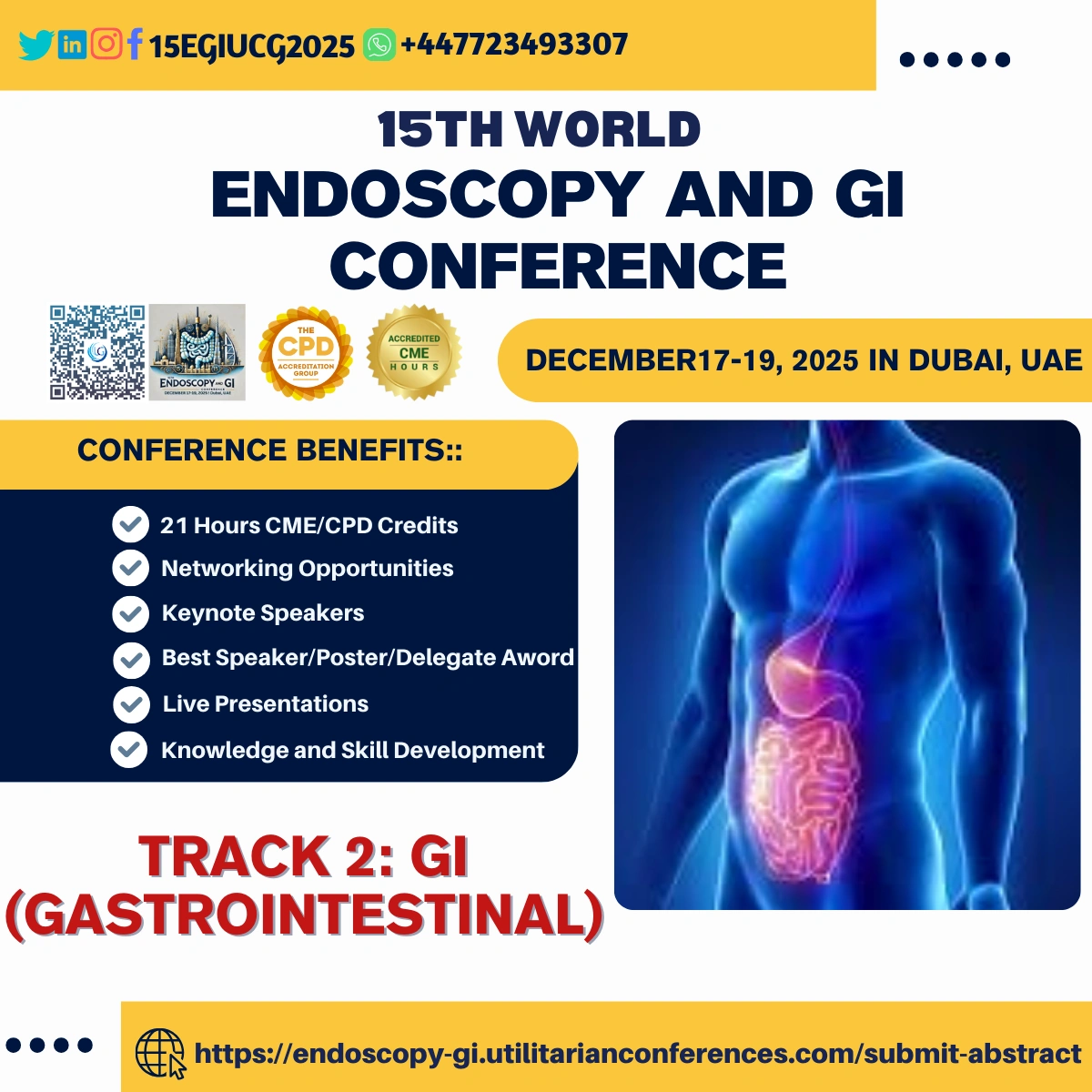Complications of Endoscopy refer to the potential risks and adverse outcomes that can occur during or after an endoscopic procedure. While endoscopy is generally considered safe and minimally invasive, complications can arise due to various factors such as the type of procedure, the patient's health condition, the expertise of the healthcare provider, and the complexity of the procedure.
Common Complications of Endoscopy:
Perforation
- Description: A perforation is a tear or hole in the wall of the gastrointestinal (GI) tract or other organs that can occur during the procedure.
- Causes: This can happen during procedures like colonoscopy, upper GI endoscopy (EGD), or endoscopic submucosal dissection (ESD) when the endoscope or surgical instruments apply excessive pressure.
- Consequences: Perforation can lead to leakage of contents from the GI tract, resulting in peritonitis (infection of the abdominal cavity).
- Management: Often requires surgical repair, hospitalization, and possibly antibiotics to prevent infection.
Bleeding
- Description: Bleeding during or after endoscopy can occur, especially if a biopsy is taken, a lesion is removed, or other interventions (e.g., polypectomy) are performed.
- Causes: Injury to blood vessels, particularly during procedures like polypectomy, removal of tumors, or resection.
- Consequences: Bleeding can be mild or severe, potentially requiring blood transfusions or additional interventions to control it.
- Management: Endoscopic techniques (e.g., cauterization, clips) may be used to control bleeding; severe cases may require surgery.
Infection
- Description: Infection is a potential risk anytime the gastrointestinal tract is accessed, especially if there is perforation or significant tissue injury.
- Causes: Contamination from endoscopic instruments, improper sterilization, or introduction of bacteria into the GI tract during procedures.
- Consequences: Infections can lead to conditions such as peritonitis, sepsis, or abscess formation.
- Management: Antibiotic treatment may be necessary. In severe cases, surgical intervention may be required.
Aspiration
- Description: Aspiration occurs when stomach contents (food, fluids, or saliva) enter the lungs during the procedure, potentially leading to aspiration pneumonia.
- Causes: Aspiration typically happens when a patient is sedated or not properly positioned during the procedure.
- Consequences: Aspiration can cause difficulty breathing, coughing, or pneumonia, leading to further complications if not addressed immediately.
- Management: Treatment may include suctioning of the airway and administration of antibiotics if infection is suspected.
Cardiopulmonary Complications
- Description: These complications involve the heart or lungs and can occur during sedation or anesthesia used in endoscopy.
- Causes: A patient’s underlying heart or lung condition, the type and level of sedation, or a reaction to anesthesia.
- Consequences: Complications include arrhythmias, low blood pressure, respiratory distress, or even cardiac arrest.
- Management: Monitoring and management of vital signs during the procedure, use of appropriate sedation, and resuscitation if necessary.
Adverse Reaction to Sedation or Anesthesia
- Description: Some patients may experience adverse reactions to sedatives or anesthesia used during endoscopic procedures.
- Causes: Allergic reactions, overdose, or sensitivity to specific medications.
- Consequences: Nausea, vomiting, dizziness, confusion, or severe reactions like anaphylaxis (severe allergic reaction).
- Management: Immediate cessation of the sedative or anesthetic agent, supportive care (e.g., oxygen, fluids), and in severe cases, administering epinephrine or antihistamines.
Post-Procedure Pain or Discomfort
- Description: Some degree of discomfort or pain is common after endoscopy, especially after procedures such as colonoscopy, upper GI endoscopy (EGD), or endoscopic mucosal resection (EMR).
- Causes: Minor injury or manipulation of the GI tract, air or gas introduced during the procedure, or tissue removal.
- Consequences: Bloating, cramping, sore throat, or mild abdominal pain.
- Management: Pain relievers, warm compresses, and post-procedure instructions for managing discomfort.
Strictures or Narrowing of the GI Tract
- Description: After certain procedures (e.g., polypectomy, mucosal resection), scarring or narrowing of the GI tract may occur, especially in the esophagus or stomach.
- Causes: Healing of tissue after injury from endoscopy, such as removal of a tumor or treatment for a large lesion.
- Consequences: Difficulty swallowing, obstruction, or impaired digestion.
- Management: Dilation (using a balloon or other instruments) or further endoscopic procedures to treat the narrowing.
Incomplete Procedure or Failure to Obtain a Diagnosis
- Description: Sometimes, the endoscopic procedure may not fully accomplish its intended goal, such as removing a lesion, obtaining an adequate biopsy, or reaching a target area.
- Causes: Technical difficulty, patient anatomy, or the size or location of the lesion.
- Consequences: Need for a repeat procedure or an alternative diagnostic approach.
- Management: Further endoscopic interventions or referrals for more specialized procedures.
Psychological Effects or Anxiety
- Description: Some patients may experience anxiety or psychological distress before, during, or after an endoscopic procedure.
- Causes: Fear of the procedure, discomfort, or concerns about results.
- Consequences: Increased stress or discomfort during the procedure, which may affect the patient’s recovery or cooperation.
- Management: Providing reassurance, relaxation techniques, and psychological support before the procedure.
Factors That Increase the Risk of Complications
- Patient factors: Age, comorbid conditions (e.g., heart disease, diabetes), obesity, immune status, and prior surgeries.
- Procedure-related factors: The complexity of the procedure, the experience of the endoscopist, and the need for additional interventions (e.g., biopsy, polypectomy).
- Inadequate preparation: Failure to follow pre-procedure instructions (e.g., fasting, bowel preparation) may increase the risk of complications.
Conclusion
Although endoscopy is generally a safe procedure, complications can occur, ranging from mild discomfort to more severe risks like perforation or bleeding. It is important to carefully assess each patient’s individual risks, perform the procedure with proper technique, and closely monitor the patient during and after the procedure to ensure early detection and management of complications. Proper patient preparation, skilled execution, and post-procedure care are key to minimizing risks and ensuring a successful outcome.
Sub Topic: Overview of complications associated with endoscopic procedures, Causes and mechanisms of perforation during endoscopy, Methods for controlling and managing bleeding during the procedure, Infection Risks in Endoscopy, Preventive measures to reduce the risk of aspiration, Overview of heart and lung complications during endoscopy, Adverse Reactions to Sedation and Anesthesia, Psychological and Emotional Impact of Endoscopy, Management and Recovery After Complications, Training programs and certification processes for endoscopists.





